When we pick up a commonly used shampoo bottle, there will be a PET logo on the bottom of the bottle, which means that this product is a PET bottle. PET bottles are mainly used in the washing and care industry, mainly in large capacity.
一、Product Definition
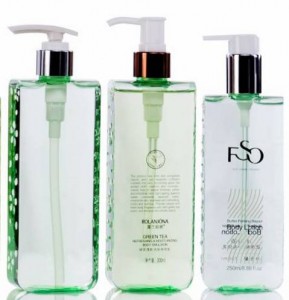
PET bottles are made of PET plastic and are processed through one-step or two-step processes to obtain plastic containers.
PET plastic has the characteristics of light weight, high transparency, impact resistance and not easy to break.
二、Manufacturing process
1. Understand the preform
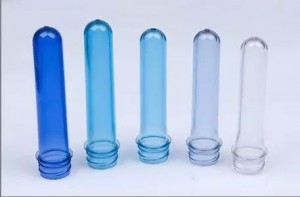
The preform is an injection molded product. As an intermediate semi-finished product for subsequent biaxial stretch blow molding, the bottleneck of the preform has been finalized during the injection molding stage, and its size will not change during heating and stretching/blowing. The size, weight, and wall thickness of the preform are factors that we need to pay close attention to when blowing bottles.
Preform structure
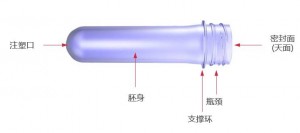
Preform molding
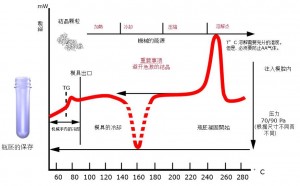
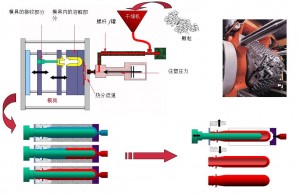
2. PET bottle molding
One-step method
The process of completing injection, stretching and blowing in one machine is called one-step method. The one-step method is to do stretching and blowing after the preform is cooled after injection molding. Its main advantages are power saving, high productivity, no manual work and reduced pollution.
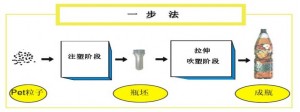
Two-step method
The two-step method separates injection and stretch blow molding and performs them on two machines at different times. It is also called injection stretch blow molding process. The first step is to use an injection molding machine to inject the preform. The second step is to reheat the preform at room temperature and stretch blow it into a bottle. The advantage of the two-step method is that the preform can be purchased for blow molding. It can reduce investment (talent and equipment). The volume of the preform is much smaller than that of the bottle, which is convenient for transportation and storage. The preform produced in the off-season can be blown into a bottle in the peak season.
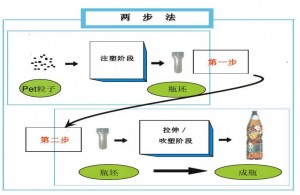
3. PET bottle molding process
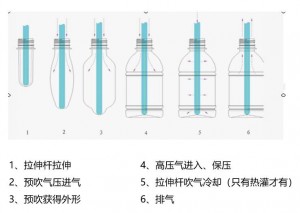
三、Material and structure
1. PET material
PET, polyethylene terephthalate, referred to as polyester. The English name is Polyethylene Terephthalate, which is produced by the polymerization reaction (condensation) of two chemical raw materials, terephthalic acid PTA (terephthalic acid) and ethylene glycol EG (ethylicglycol).
2. Common knowledge about bottle mouth
The bottle mouth has diameters of Ф18, Ф20, Ф22, Ф24, Ф28, Ф33 (corresponding to the T size of the bottle mouth), and the thread specifications can usually be divided into: 400, 410, 415 (corresponding to the number of thread turns). Generally speaking, 400 is 1 thread turn, 410 is 1.5 thread turns, and 415 is 2 high thread turns.
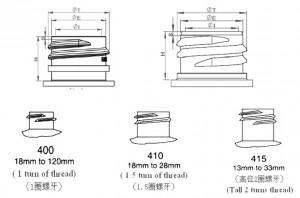
3. Bottle body
PP and PE bottles are mostly solid colors, PETG, PET, PVC materials are mostly transparent, or colored transparency, with a sense of translucency, and solid colors are rarely used. PET bottles can also be sprayed. There is a convex dot on the bottom of the blow-molded bottle. It is brighter under light. There is a bonding line on the bottom of the blow-injected bottle.
4. Supporting accessories
The main supporting accessories for blow-bottles are inner plugs (commonly used for PP and PE materials), outer caps (commonly used for PP, ABS and acrylic, also electroplated, and electroplated aluminum, mostly used for spray toners), pump head outer covers (commonly used for essences and lotions), floating caps, flip caps (flip caps and floating caps are mostly used for large-circulation daily chemical lines), etc.
四、Industry applications
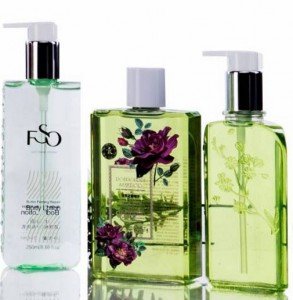
PET bottles are widely used in the cosmetics industry, mainly in the cleaning industry, including shampoo, shower gel bottles, toner, makeup remover bottles, etc., which are all blown and manufactured.
五、Purchasing considerations
1. Blowing bottles can be made of materials, PET is only one of them, there are also PE blowing bottles (softer, more solid colors, one-time forming), PP blowing bottles (harder, more solid colors, one-time forming), PETG blowing bottles (better transparency than PET, but not commonly used in China, high cost, high waste, one-time forming, non-recyclable materials), PVC blowing bottles (harder, not environmentally friendly, less transparent than PET, but better brightness than PP and PE)
2. One-step equipment is expensive, two-step is relatively cheap
3. PET bottle molds are cheaper.
4. Common quality problems and solutions, see the video
Post time: Aug-12-2024

